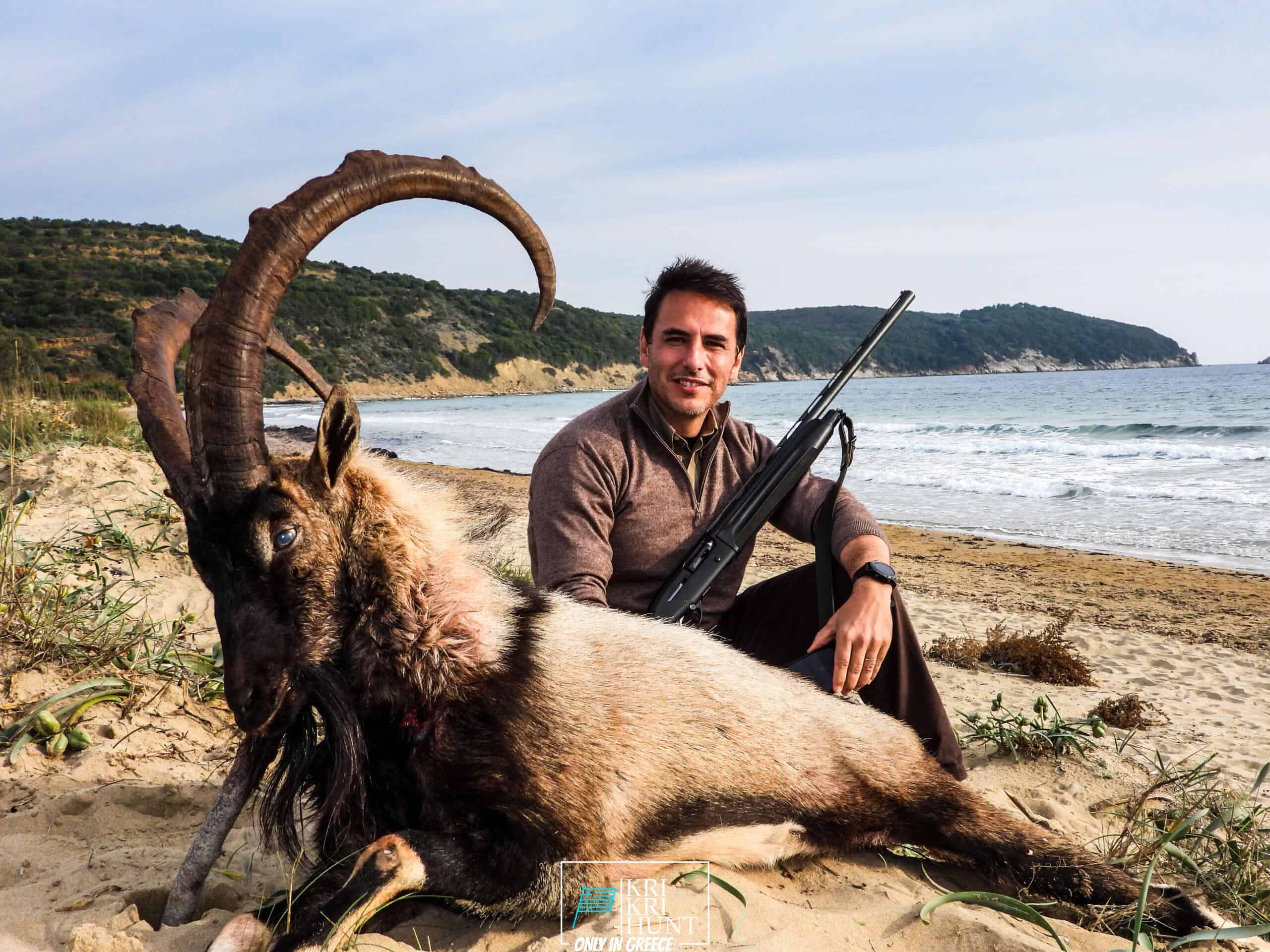Why The Peloponnese Is The 'Real' Greece
Why The Peloponnese Is The 'Real' Greece
Blog Article

To lots of people, The Peloponnese peninsula on the Greek Mainland is the 'real' Greece, where points have not altered a lot whatsoever over the centuries although that lots of people have discovered it. This is an area where you might quickly spend a month, yet if you are short on time then our outdoor hunting, Fishing, complimentary diving and touring Peloponnese Tours from Methoni is a great option.

Because it is not set, the number of Ibexes fluctuates with the population. The Ibexes of the Cretan Ibex breed Kri-Kri is the tiniest ibex in terms of body weight, however not horn length (Capra Aegagrus Cretica). A few specimens that went uncounted gauged 115 centimeters (45 inches). The gold prize is 61 cm (24 inches) long. The Kri-Kri ibex is hunted in Greece at this time. Hunting is available on Atalanti and Sapientza. Hunting is permitted on Atalanti from the last week of October to the first week of December. Searching is allowed on Sapientza for the whole month of November, depending on weather.
The first thing you will certainly notice when you get here in the Peloponnese peninsula is the strikingly stunning landscape. The mountains, woodlands, rivers, and also lakes make this area a nature enthusiast's heaven. There are additionally a lot of opportunities for hiking, angling, swimming, as well as other exterior activities. The Peloponnese peninsula is not just about its all-natural charm; there are additionally many historic and social websites to discover. Do not fail to remember also angling, free-diving and also hunting. Some of one of the most preferred visitor destinations in the Peloponnese include old Olympia, Epidaurus, Mycenae, and also Sparta. These destinations provide a fascinating peek right into Greece's abundant history and culture. If you have an interest in learning more regarding Greek folklore, then you will absolutely want to see Mount Olympus, home of the 12 Olympian gods. Of course, no trip to Greece would be total without attempting a few of the scrumptious food. The Peloponnese peninsula is home to some of the very best olive oil worldwide along with feta cheese, olives, honey, and also white wine. Make certain to try some of the local specializeds such as dolma (stuffed grape leaves), Souvlaki (grilled meat skewers), and also Gyro (meat wrapped in pita bread).
Experience 'Real' Greece with Our Peloponnese Tours. If you're seeking an authentic Greek experience, look no more than our Peloponnese trips. From ancient damages as well as castles to tasty food and also white wine, we'll reveal you every little thing that this amazing area has to offer. So what are you awaiting? Book your trip today! Your Kri Kri ibex searching in Greece is here!
What is the diference between Kri Kri ibex, Bezoar ibex and hybrid ibex
The kri-kri is not thought to be indigenous to Crete, most likely having been imported to the island during the time of the Minoan civilization. Nevertheless, it is found nowhere else and is therefore endemic to Crete. It was common throughout the Aegean but the peaks of the 8,000 ft (2,400 m) White Mountains of Western Crete are their last strongholds–particularly a series of almost vertical 3,000 ft (900 m) cliffs called ‘the Untrodden’—at the head of the Samaria Gorge. This mountain range, which hosts another 14 endemic animal species, is protected as a UNESCO Biosphere Reserve. In total, their range extends to the White Mountains, the Samaria National Forest and the islets of Dia, Thodorou, and Agii Pandes.
This Ibex is NOT a diminutive form of the Bezoar Ibex, which has migrated into the western-most reach of the range of this species. The kri – kri (Capra aegagrus cretica), sometimes called the Cretan goat, Agrimi, or Cretan Ibex, is a feral goat inhabiting the Eastern Mediterranean, previously considered a subspecies of wild goat. The kri-kri has a light brownish coat with a darker band around its neck. It has two horns that sweep back from the head. In the wild they are shy and avoid tourists, resting during the day. The animal can leap some distance or climb seemingly sheer cliffs.
“The agrimi goat Capra aegagrus cretica is unique to Crete and its offshore islands. It has been identi®ed as a sub-species of the wild bezoar goat Capra aegagrus aegagrus Erxleben, 1777, which it closely resembles in horn shape, body form and coloration. This classi®cation has been disputed by some researchers who claim that the agrimi are feral goats, derived from early domestic stock brought to the island by the ®rst Neolithic settlers. In order to clarify this issue, DNA analyses (cytochrome b and D loop sequences) were carried out on tissue of live and skeletonized agrimi and compared to sequences of wild and domestic caprines. Results conclusively show the agrimi to be a feral animal, that clades with domestic goats (Capra hircus) rather than with wild Asiatic bezoar. This study demonstrates that morphometric criteria do not necessarily re¯ect genetic af®nities, and that the taxonomic classi®cation of agrimi should be revised.”
Report this page